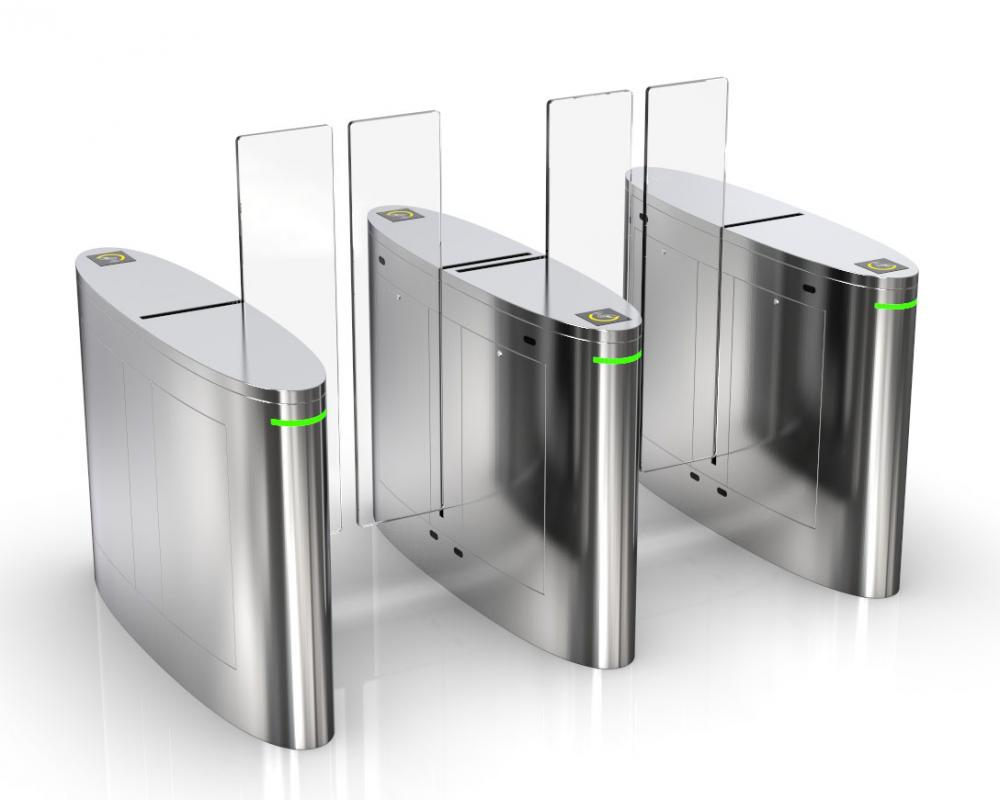Product Categories
 Interactive Whiteboard
Interactive Whiteboard- Conference Interactive Whiteboard
- Teaching Interactive Whiteboard
- 55 Inch Conference Interactive Whiteboard
- 65 Inch Conference Interactive Whiteboard
- 75 Inch Conference Interactive Whiteboard
- 85 Inch Conference Interactive Whiteboard
- 98 Inch Conference Interactive Whiteboard
- 55 Inch Teaching Interactive Whiteboard
- 65 Inch Teaching Interactive Whiteboard
- 75 Inch Teaching Interactive Whiteboard
- 85 Inch Teaching Interactive Whiteboard
Online Service
- Contact Person: Ms. Yanjun Chen
- View Contact Details
Home > News > An introduction to the working principle and structure of turnstile gate. What are the common models?
News
An introduction to the working principle and structure of turnstile gate. What are the common models?
Turnstile gate is a common device used to control fluid flow. It usually consists of door leaves, door shafts, transmission mechanisms, seals, driving devices and other parts. Its working principle is to change the size of the fluid channel by rotating the door leaf, thereby controlling the flow rate and flow rate of the fluid.
The structure of Swing Turnstile Gate mainly includes three parts: door leaf, door shaft and transmission mechanism. The door leaf is the most important component of the turnstile. It is usually made of metal or polymer materials and has good strength and wear resistance. The door shaft is the part that connects the door leaf to the transmission mechanism. It is made of metal material and can withstand the weight of the door leaf and the resistance of the fluid to the door leaf.
The working principle of the rotary gate mainly relies on the rotation of the door leaf to change the size of the fluid channel. When the door leaf rotates to the fully open position, fluid can pass freely; when the door leaf rotates to the fully closed position, fluid cannot pass. During the rotation of the door leaf, the size of the gap will continue to change, thus affecting the flow rate and flow rate of the fluid.
Turnstiles usually adopt a sealed structure to ensure their working effect. Common sealing structures include soft seals and metal seals. Soft seals are generally made of materials such as rubber or polyurethane. They have good sealing performance and are suitable for low-pressure or medium-low temperature fluid systems.
 Common turnstile models include the following:
Common turnstile models include the following:
Ordinary turnstile: driven by a manual transmission mechanism, suitable for small and medium-sized fluid systems.
Electric rotation gate: driven by an electric transmission mechanism, it can realize automatic control and is suitable for large fluid systems.
Hydraulic rotary gate: driven by a hydraulic transmission mechanism, it can achieve large flow and high pressure control, and is suitable for high-demand fluid systems.
Pneumatic rotary gate: driven by a pneumatic transmission mechanism, it has the characteristics of fast response and high reliability, and is suitable for systems with high fluid control requirements.
Two-way rotary gate: It has the characteristics of two-way channel and can realize two-way control of fluid.
The Speed Turnstile Gates is a common device used to control fluid flow. The rotation of the door leaves changes the size of the fluid channel, thereby controlling the fluid flow rate and flow rate. It has the advantages of simple structure, convenient operation and high reliability, and is suitable for various fluid systems with different requirements.
The structure of Swing Turnstile Gate mainly includes three parts: door leaf, door shaft and transmission mechanism. The door leaf is the most important component of the turnstile. It is usually made of metal or polymer materials and has good strength and wear resistance. The door shaft is the part that connects the door leaf to the transmission mechanism. It is made of metal material and can withstand the weight of the door leaf and the resistance of the fluid to the door leaf.
The working principle of the rotary gate mainly relies on the rotation of the door leaf to change the size of the fluid channel. When the door leaf rotates to the fully open position, fluid can pass freely; when the door leaf rotates to the fully closed position, fluid cannot pass. During the rotation of the door leaf, the size of the gap will continue to change, thus affecting the flow rate and flow rate of the fluid.
Turnstiles usually adopt a sealed structure to ensure their working effect. Common sealing structures include soft seals and metal seals. Soft seals are generally made of materials such as rubber or polyurethane. They have good sealing performance and are suitable for low-pressure or medium-low temperature fluid systems.

Ordinary turnstile: driven by a manual transmission mechanism, suitable for small and medium-sized fluid systems.
Electric rotation gate: driven by an electric transmission mechanism, it can realize automatic control and is suitable for large fluid systems.
Hydraulic rotary gate: driven by a hydraulic transmission mechanism, it can achieve large flow and high pressure control, and is suitable for high-demand fluid systems.
Pneumatic rotary gate: driven by a pneumatic transmission mechanism, it has the characteristics of fast response and high reliability, and is suitable for systems with high fluid control requirements.
Two-way rotary gate: It has the characteristics of two-way channel and can realize two-way control of fluid.
The Speed Turnstile Gates is a common device used to control fluid flow. The rotation of the door leaves changes the size of the fluid channel, thereby controlling the fluid flow rate and flow rate. It has the advantages of simple structure, convenient operation and high reliability, and is suitable for various fluid systems with different requirements.








